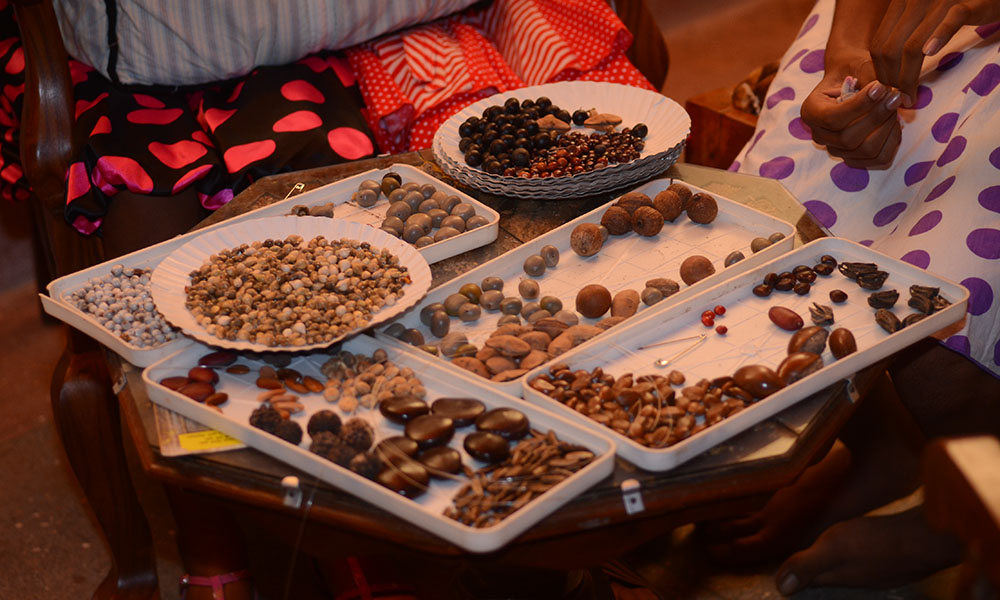Sri Lanka has a rich tradition of handicrafts, reflecting the island’s cultural heritage, history, and the skills passed down through generations. Handicrafts are an essential aspect of Sri Lankan identity, showcasing the artistic talents of local artisans and often incorporating natural materials and traditional techniques. Here’s an overview of some popular handicrafts in Sri Lanka:
Types of Handicrafts in Sri Lanka
- Wood Carving:
- Sri Lanka is famous for its intricate wood carvings, often seen in furniture, decorative items, and temple architecture.
- Artisans use local hardwoods like teak, ebony, and mahogany to create beautifully carved items such as masks, figurines, and home decor.
- Lace Making:
- Burgher lace is a traditional craft practiced mainly in the coastal regions, particularly in Galle and Colombo.
- Lace is created using delicate threads to produce intricate patterns, often used in clothing, tablecloths, and decorative items.
- Pottery and Ceramics:
- Traditional pottery is made using clay from local sources, with techniques passed down through generations.
- Artisans produce various items, including cooking pots, decorative pieces, and tableware, often featuring beautiful glazes and designs.
- Handloom Textiles:
- The art of handloom weaving is significant in Sri Lanka, producing beautiful fabrics like cotton, silk, and linen.
- Popular products include saris, shawls, and home textiles, often featuring vibrant colors and intricate patterns.
- Basketry:
- Sri Lankan artisans craft baskets and mats using natural materials such as coconut palm leaves, bamboo, and rushes.
- These items are both functional and decorative, showcasing the artisans’ skills and creativity.
- Ceramic and Clay Crafts:
- Besides pottery, clay crafts include traditional terracotta items like figurines, flower pots, and oil lamps.
- These are often painted with bright colors and designs, making them popular among tourists.
- Brass and Metal Work:
- Artisans in Sri Lanka also create beautiful brass and metal items, including jewelry, ornaments, and kitchenware.
- Techniques like casting, engraving, and hammering are used to produce intricate designs.
- Palm Leaf Products:
- Craftsmen use dried palm leaves to create various items, including fans, hats, and decorative wall hangings.
- This sustainable craft reflects the use of local resources and traditional techniques.
Importance of Handicrafts in Sri Lanka
- Cultural Heritage:
- Handicrafts are an integral part of Sri Lanka’s cultural identity, reflecting the traditions, customs, and lifestyles of different communities across the island.
- Each craft tells a story, connecting artisans to their ancestors and preserving their cultural heritage.
- Economic Significance:
- The handicraft industry provides livelihoods for many artisans, particularly in rural areas, contributing to local economies.
- Handicrafts are also an essential aspect of the tourism industry, attracting visitors interested in authentic cultural experiences and souvenirs.
- Promotion of Sustainability:
- Many Sri Lankan handicrafts are made from natural and sustainable materials, promoting environmental consciousness.
- Artisans often use traditional methods that minimize waste and support local ecosystems.
- Community Development:
- Handicraft initiatives often empower local communities, providing training, resources, and support to artisans.
- Collaborative projects and cooperatives help preserve traditional skills while ensuring fair wages for artisans.
Where to Buy Handicrafts
- Local Markets and Craft Shops: Visit local markets and craft shops in cities like Colombo, Kandy, Galle, and Anuradhapura to find a wide variety of handicrafts.
- Cultural Festivals: Attend festivals and exhibitions that showcase Sri Lankan handicrafts and provide opportunities to purchase directly from artisans.
- Artisan Cooperatives: Support local artisans by purchasing handicrafts from cooperatives that promote fair trade practices.
Conclusion
Sri Lanka’s handicrafts are a vibrant expression of the island’s cultural heritage and creativity. From intricately carved wooden masks to beautifully woven textiles, these crafts offer a glimpse into the traditional skills and artistic talents of Sri Lankan artisans. Supporting handicrafts not only contributes to the preservation of cultural heritage but also empowers local communities and promotes sustainable practices. Whether you’re a visitor or a resident, exploring and appreciating these handicrafts is a meaningful way to connect with Sri Lanka’s rich cultural landscape.


Comments are closed